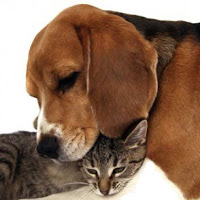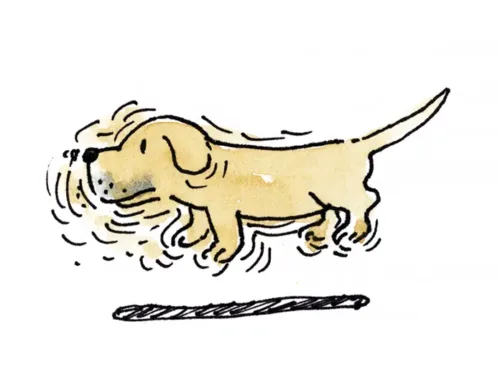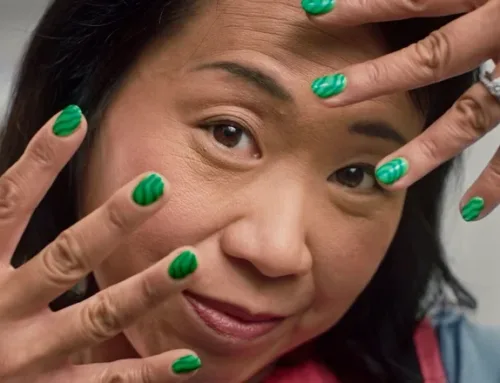
Sometimes, it’s pretty clear that the creative being publicly criticised was ill-advised and should never have been brought to air in the first place. During the 2007 Super Bowl, GM ran a TV commercial in which a dreaming quality control robot is so distraught over losing his job in the GM plant, it throws itself off a bridge. As you may have guessed, the American Foundation for Suicide Prevention got testy and GM quickly edited and largely withdrew the spot. I’m surprised the auto unions didn’t get involved as well.
Sometimes, it isn’t clear whether a particular piece of creative is a mistake for the brand. In 2009, out-there household cleaning marketer Method ran a viral video in which a woman is boisterously voyeured in her shower by residual soap scum. You need to see this one to get the flavour of it. A bit creepy, in my opinion, but not clearly wrong for the brand. Method pulled the spot, though not quite so quickly as GM.
But there are times when pulling creative reflects negatively on the brand, because it really shouldn’t have been done. The best example I can recall is a TV commercial done by Mazda for its MPV Minivan in 1993. [1] In it, the family dog does a running commentary on the experience of his first ride in the new vehicle. Off the top it’s, “There’s enough room in here to swing a cat!” Later in the journey, a cat darts out in front of the van and the dog urges his owner (who is driving) to “Get the cat! Get the cat!” When the master fails, it’s “Darn those ABS brakes!”. Unfortunately, there is no video available on this, so you will have to take my word that the spot was very well executed. But cat owners are a curious group, with the same sense of humour as their pets. You know that if Mazda had reversed the roles of cat and dog, there would have been no public issue, except somehow, the creative wouldn’t have been as good. Mazda quickly acquiesced and edited out the cat-people-offending parts, which left the spot…(wait for it)…toothless.
I would feel better today about Mazda and the cars they make if they had stood their ground in 1993 and said, “No, this is just a little humour based on an ages-old rivalry between man’s two best friends, and we’re using it as an entertaining way to point out the benefits of our van.” And it’s not because I’m a dog person, or that the undemocratic power of the vitriolic vocal minority has always bothered me.
Lesson for the client: Be brave, if you know you are right. You will always win more hearts than you will lose, and hearts equal sales.
Lesson for the agency: Remember it takes much more courage to be the client in this situation. Make sure you both have a complaint-response action plan that fits the brand positioning before your creative hits the media.
One more thing: What do all of these brand controversies have in common? They all use humour, and humour is very personal and culture-dependant (and a huge topic deserving of its own post, or maybe its own blog). It’s a tremendously powerful double-edged sword which must be wielded very carefully.
- Strategy Magazine, April 19, 1993, “Mazda Gets Cat Calls.”.




